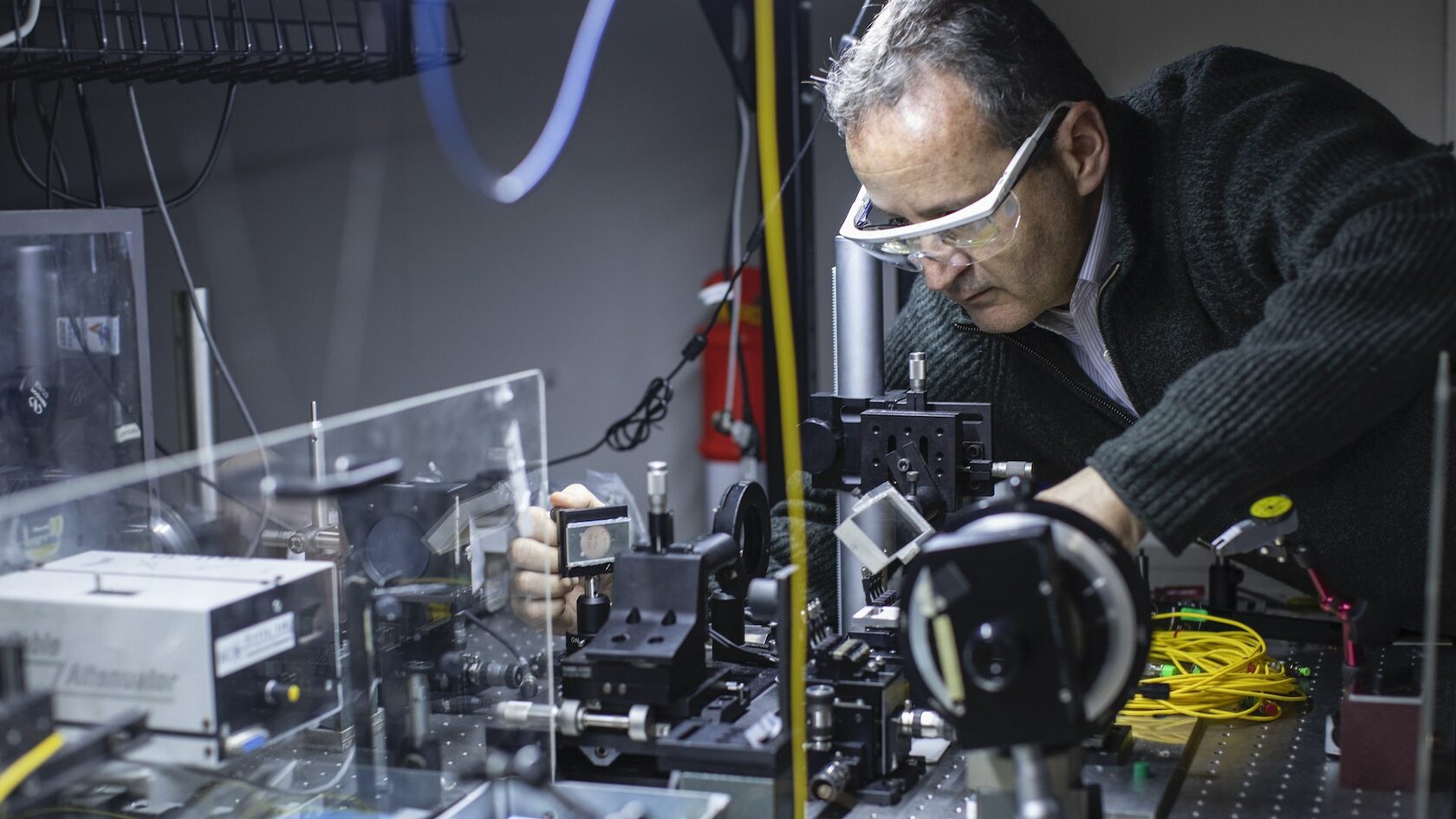Food Robotics Solutions, is a participant in the project for the development and mass introduction of autonomous food delivery vehicles.
Not so long ago, our company's solutions for food delivery using delivery robots were perceived by potential consumers as something fantastic, and interest in our developments was rather sporadic.
The attitude towards food delivery by drones changed fundamentally during the COVID-19 pandemic, when organizations and institutions were forced to provide food to citizens.
George Mason University, for example, became the first university campus to incorporate on-demand robotic food delivery into its meal plan in 2019 with a fleet of 25 robots from Starship Technologies. As the pandemic continued, the demand for food delivery increased significantly. This has led to an increased demand for food delivery robots on college campuses as well. Starship and other companies such as Kiwibot have deployed hundreds of food delivery robots on several college campuses and some city streets in the United States and the United Kingdom. Food delivery companies have also added delivery robots to their platform.
For example, while Starship Technologies' robots made 50,000 deliveries in April 2019, which was considered a record, in August 2020, the figure was 500,000 deliveries, which in my opinion (no offense to my colleagues) now makes the company one of the leaders in the production and implementation of robotic delivery systems in our lives.
Of course, technology is moving forward and the growth of robotic delivery methods may reach high levels in the near future, which in turn will require us to make efforts to ensure the safety of people who will somehow encounter errors in their work. And here we, as developers, need to pay attention not only to improving the work of the relevant equipment on individual devices, but also to the organization of the general flow of traffic in megacities.
This, first of all, will require us to provide storage and processing of huge data arrays, which even the most modern computers predictably cannot cope with.
Today, Food Robotics Solutions engineers are considering the possibility of using integrated photonics to solve this problem, which, according to our experts, will make it possible in a relatively short time to provide operators of robotic delivery trucks with the necessary speed of data processing and, as a consequence, more efficient traffic management.
In order to realize this task, we are negotiating with leading manufacturers in the field of photonics, whose products and developments we plan to use in our research.
Not so long ago, our company's solutions for food delivery using delivery robots were perceived by potential consumers as something fantastic, and interest in our developments was rather sporadic.
The attitude towards food delivery by drones changed fundamentally during the COVID-19 pandemic, when organizations and institutions were forced to provide food to citizens.
George Mason University, for example, became the first university campus to incorporate on-demand robotic food delivery into its meal plan in 2019 with a fleet of 25 robots from Starship Technologies. As the pandemic continued, the demand for food delivery increased significantly. This has led to an increased demand for food delivery robots on college campuses as well. Starship and other companies such as Kiwibot have deployed hundreds of food delivery robots on several college campuses and some city streets in the United States and the United Kingdom. Food delivery companies have also added delivery robots to their platform.
For example, while Starship Technologies' robots made 50,000 deliveries in April 2019, which was considered a record, in August 2020, the figure was 500,000 deliveries, which in my opinion (no offense to my colleagues) now makes the company one of the leaders in the production and implementation of robotic delivery systems in our lives.
Of course, technology is moving forward and the growth of robotic delivery methods may reach high levels in the near future, which in turn will require us to make efforts to ensure the safety of people who will somehow encounter errors in their work. And here we, as developers, need to pay attention not only to improving the work of the relevant equipment on individual devices, but also to the organization of the general flow of traffic in megacities.
This, first of all, will require us to provide storage and processing of huge data arrays, which even the most modern computers predictably cannot cope with.
Today, Food Robotics Solutions engineers are considering the possibility of using integrated photonics to solve this problem, which, according to our experts, will make it possible in a relatively short time to provide operators of robotic delivery trucks with the necessary speed of data processing and, as a consequence, more efficient traffic management.
In order to realize this task, we are negotiating with leading manufacturers in the field of photonics, whose products and developments we plan to use in our research.

